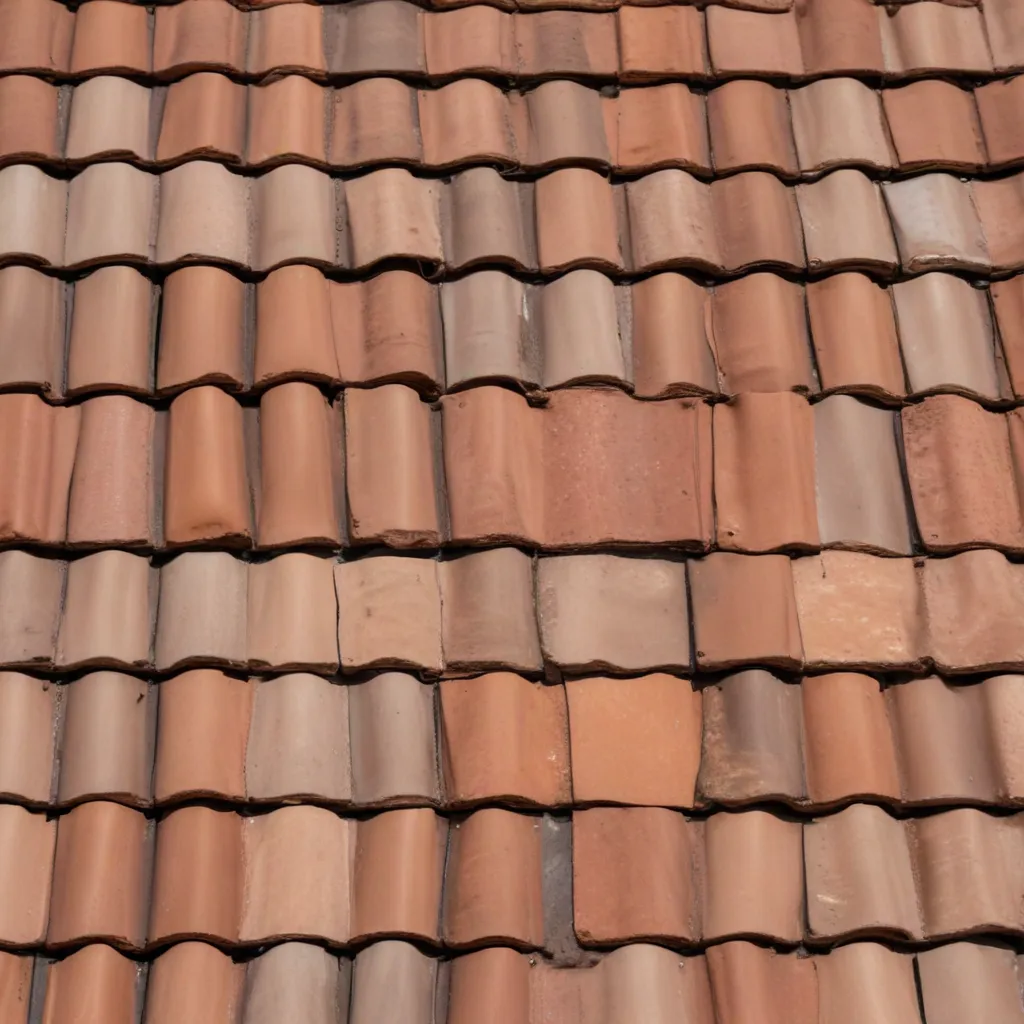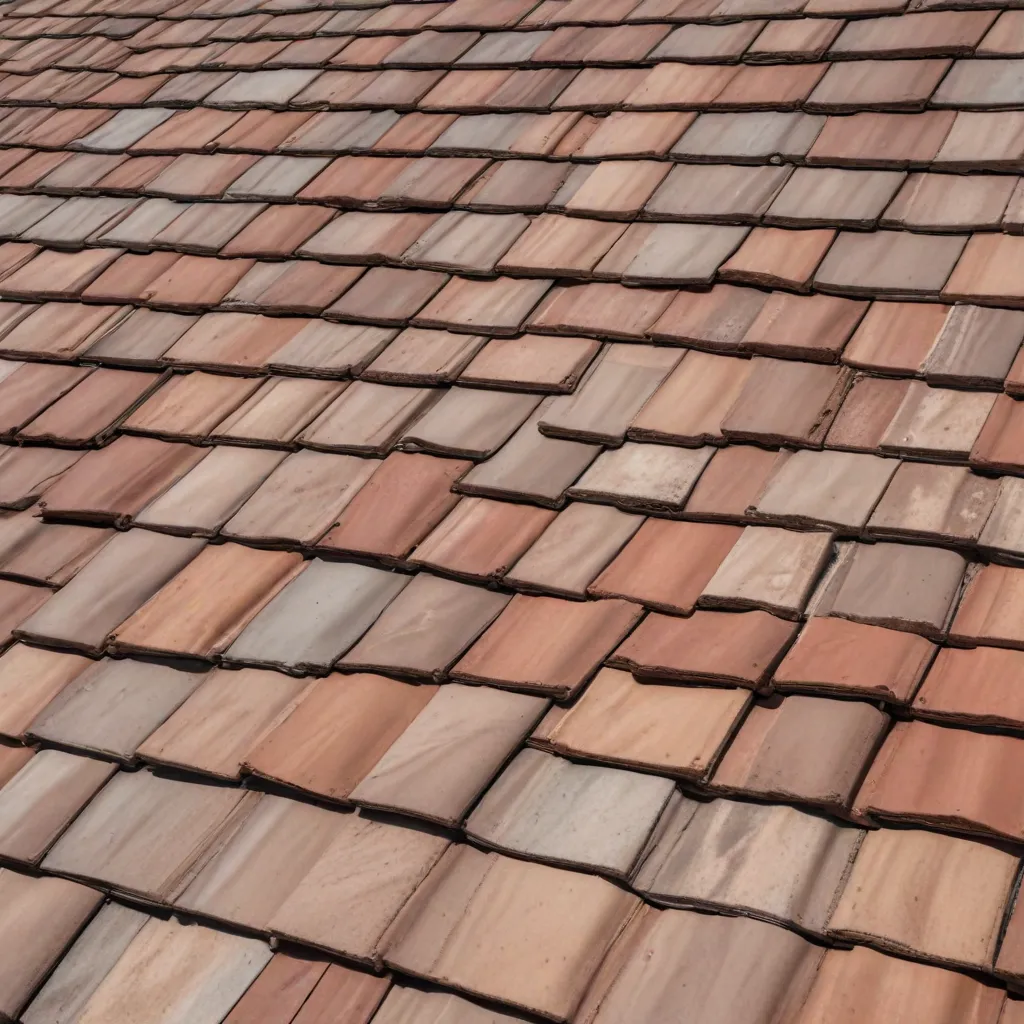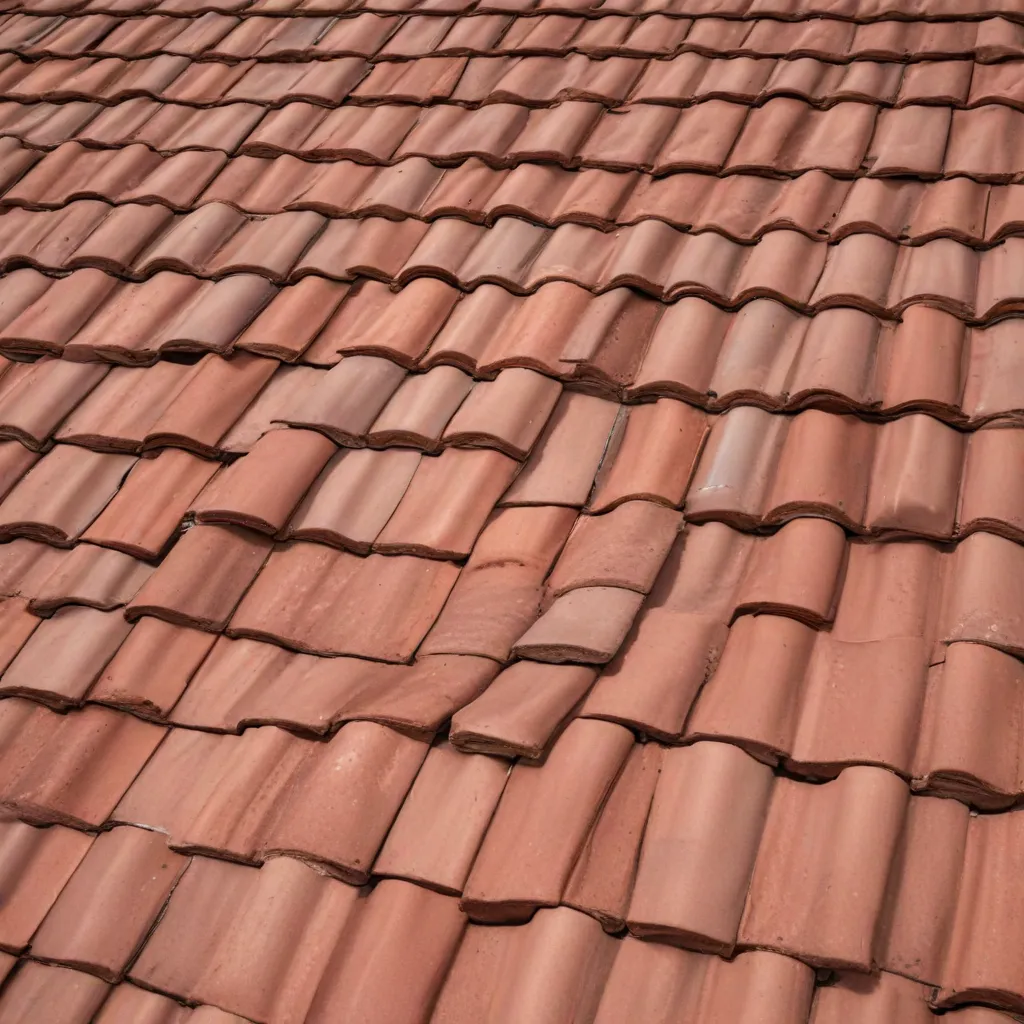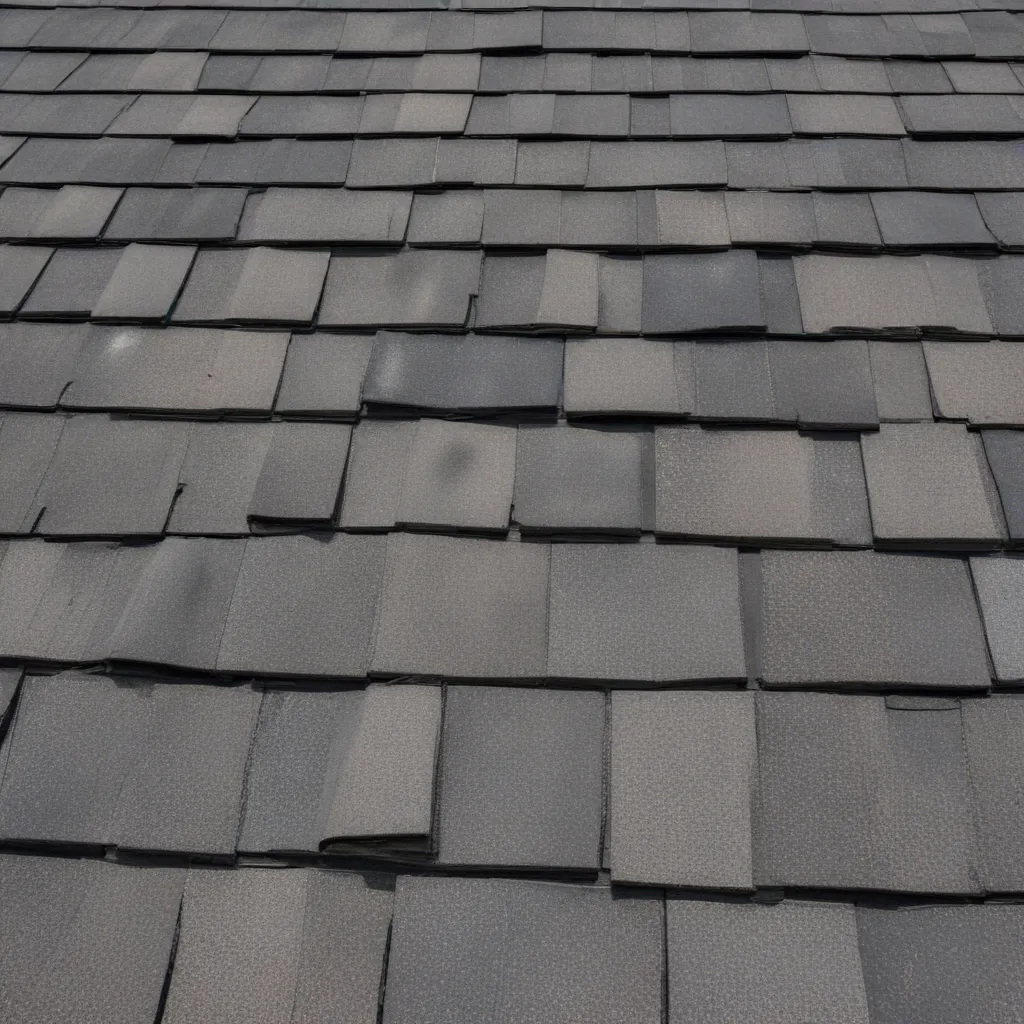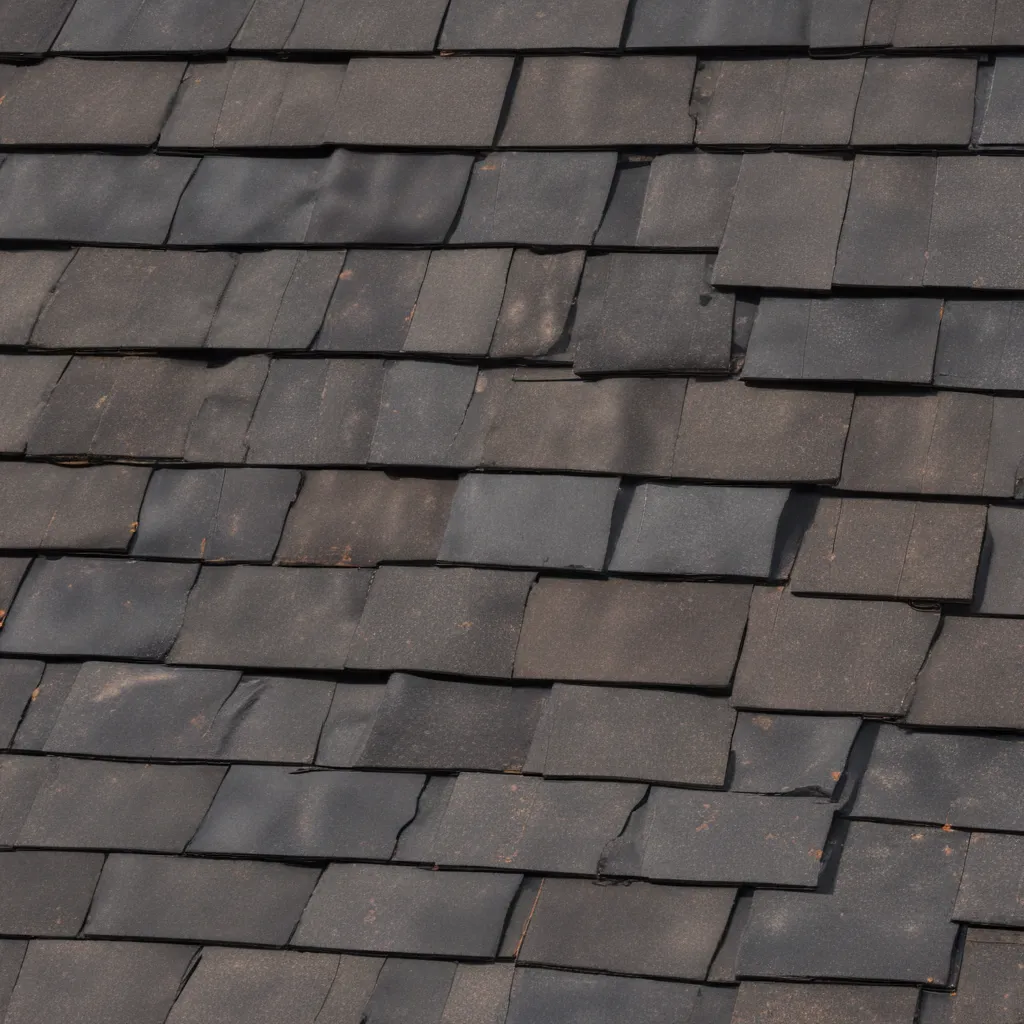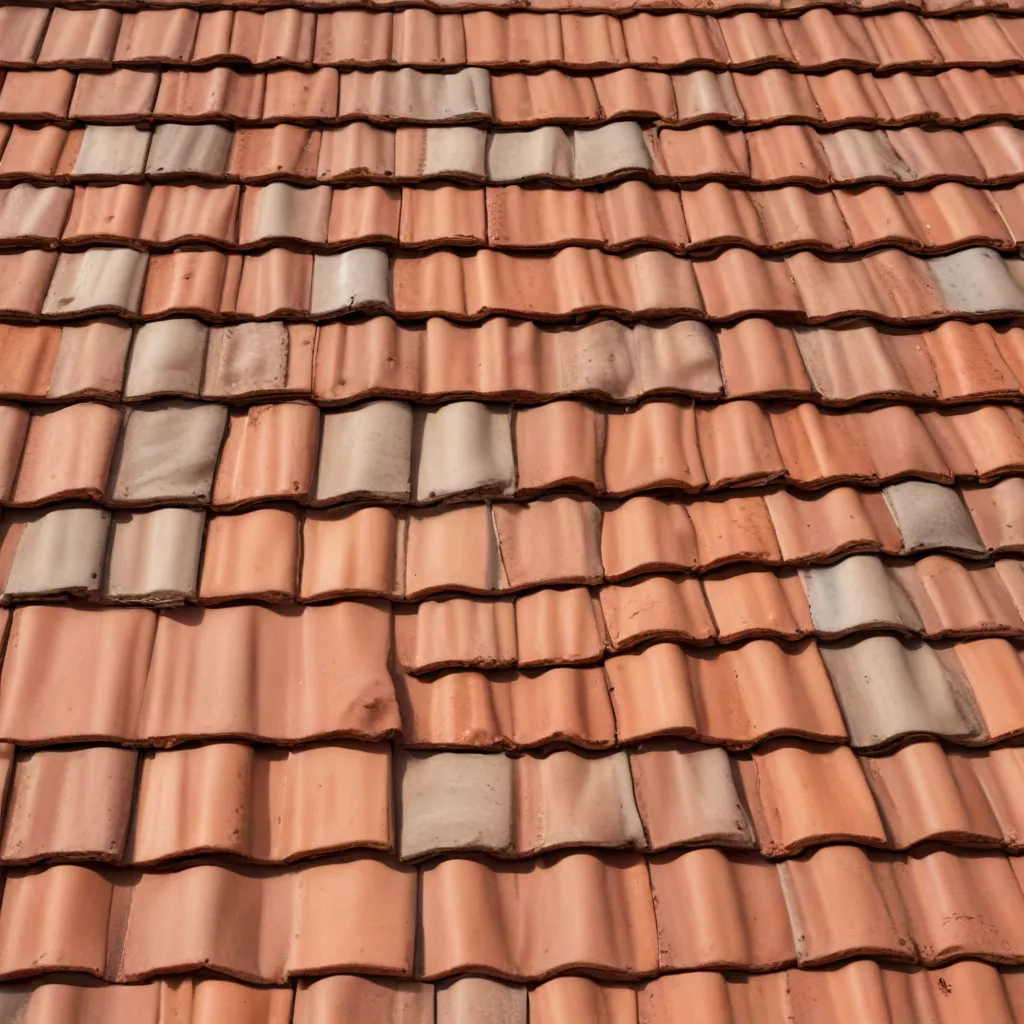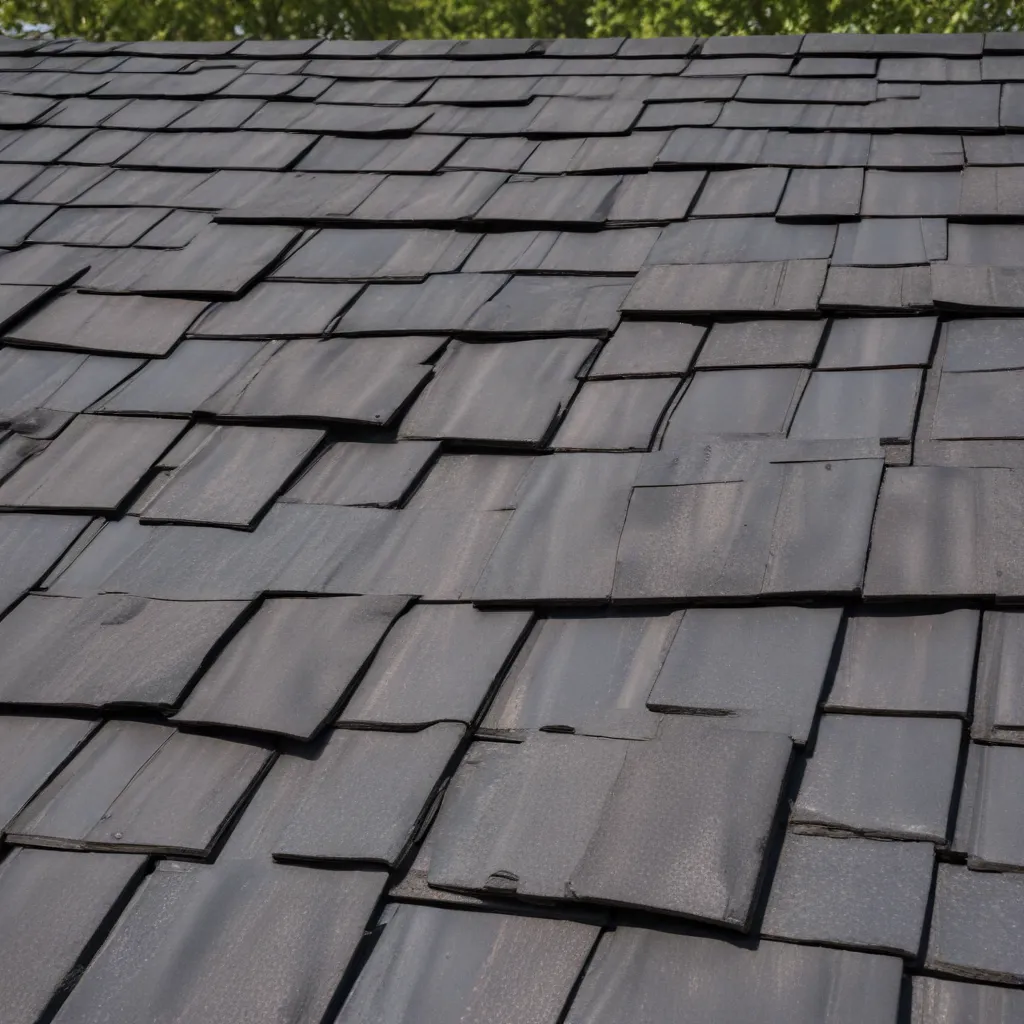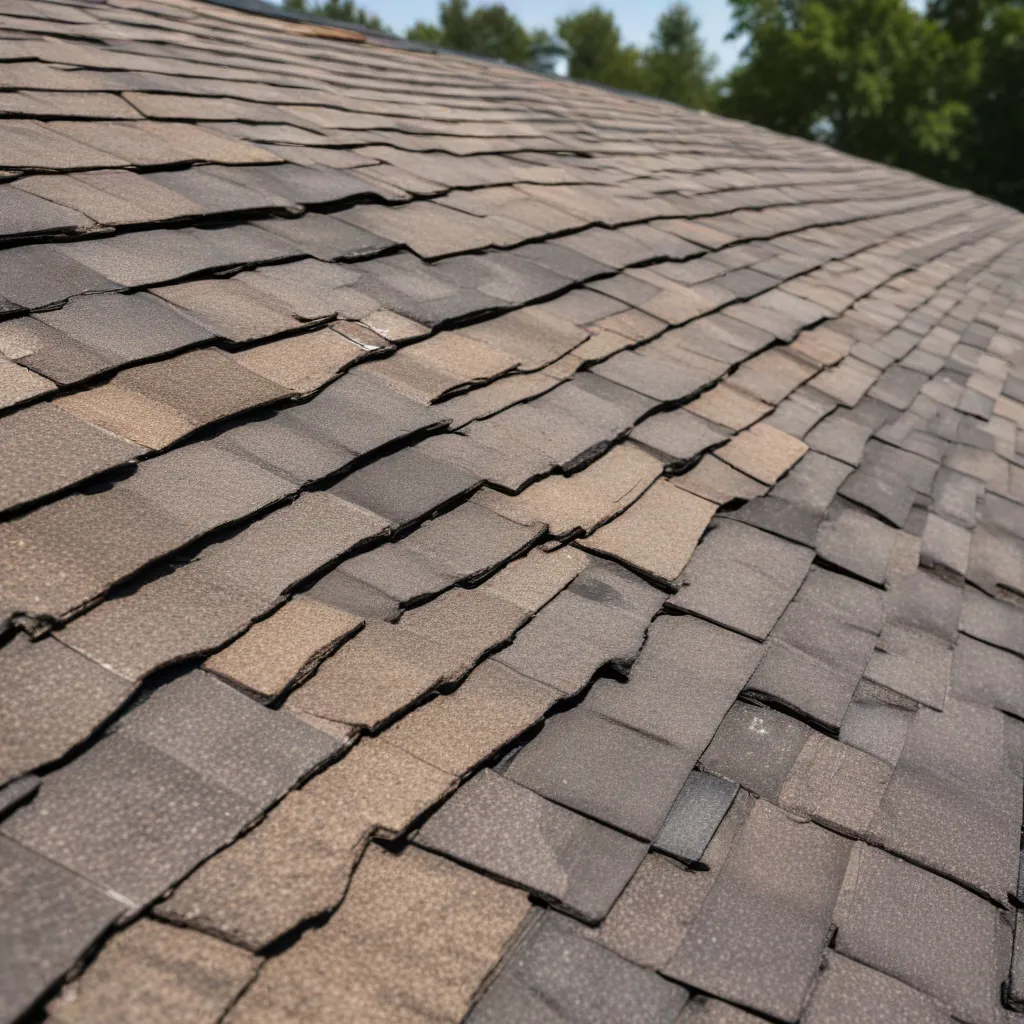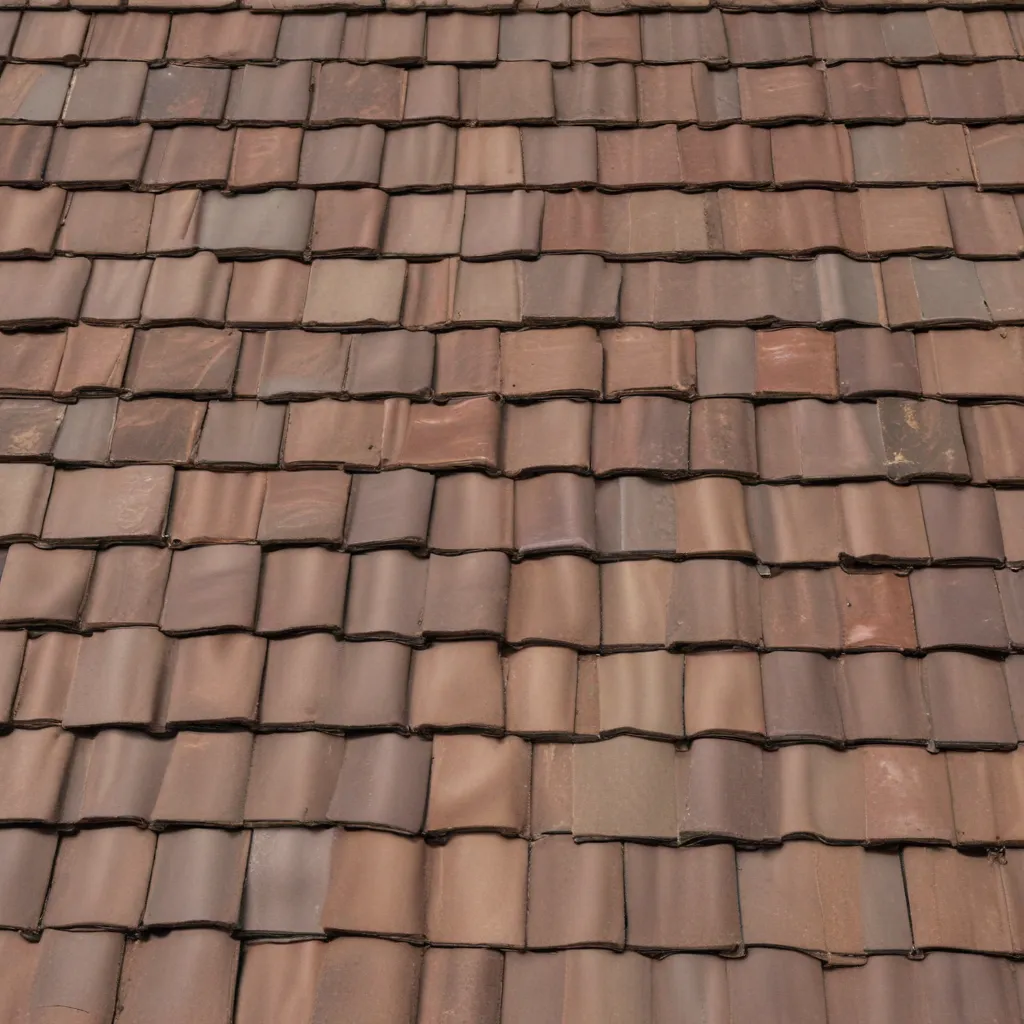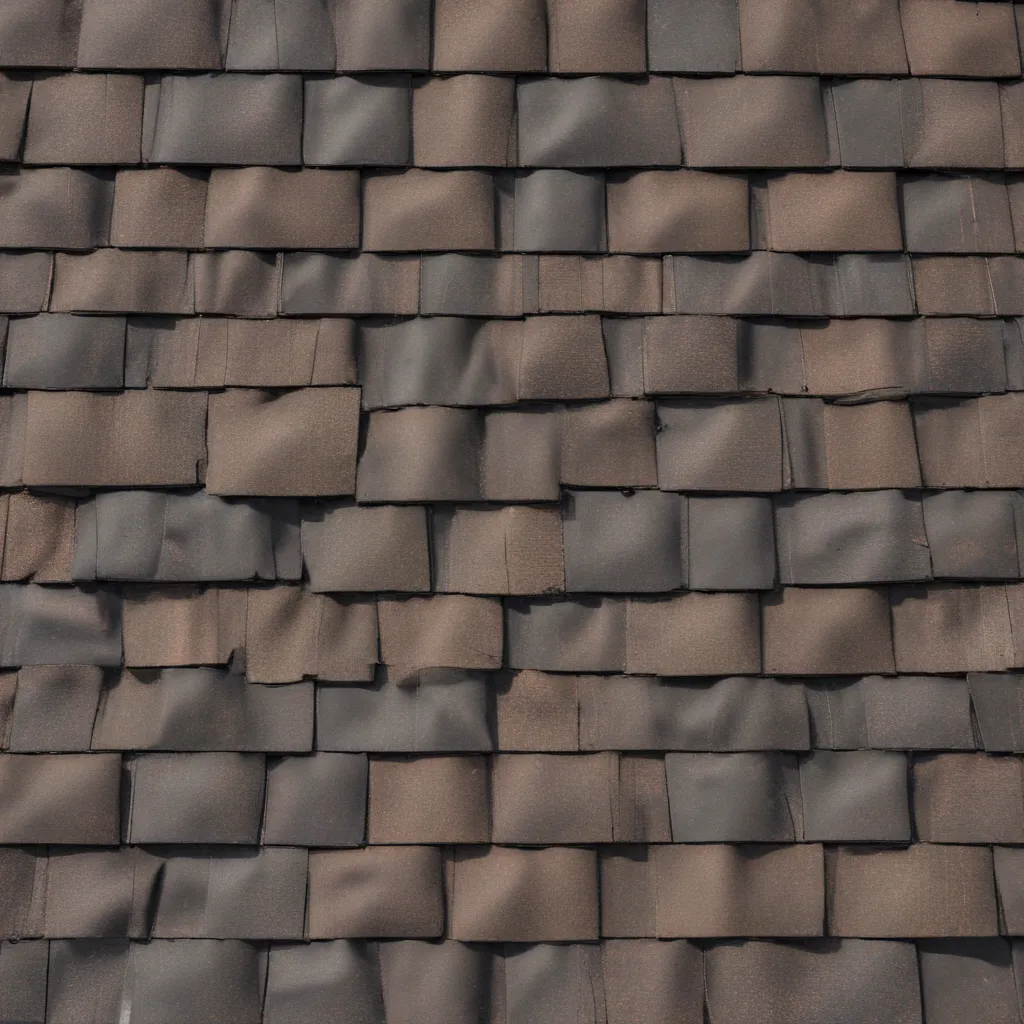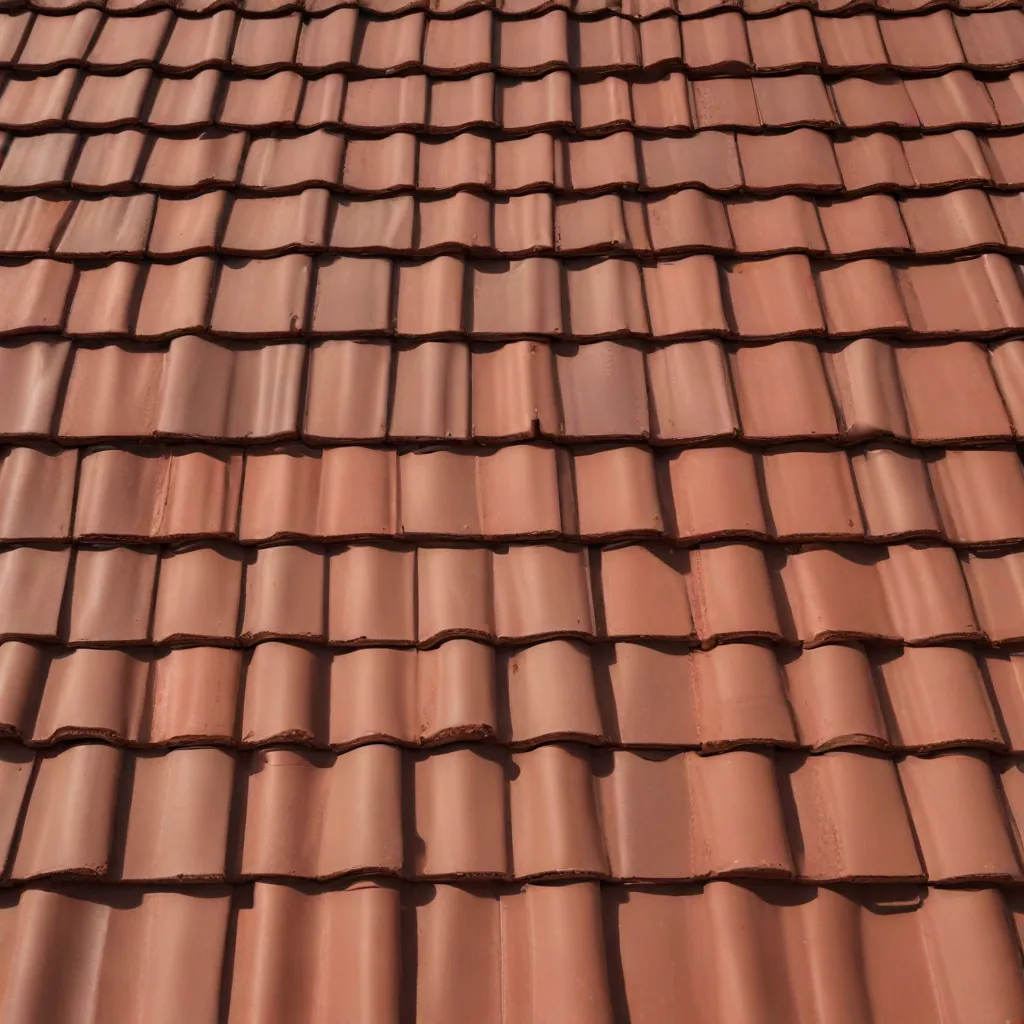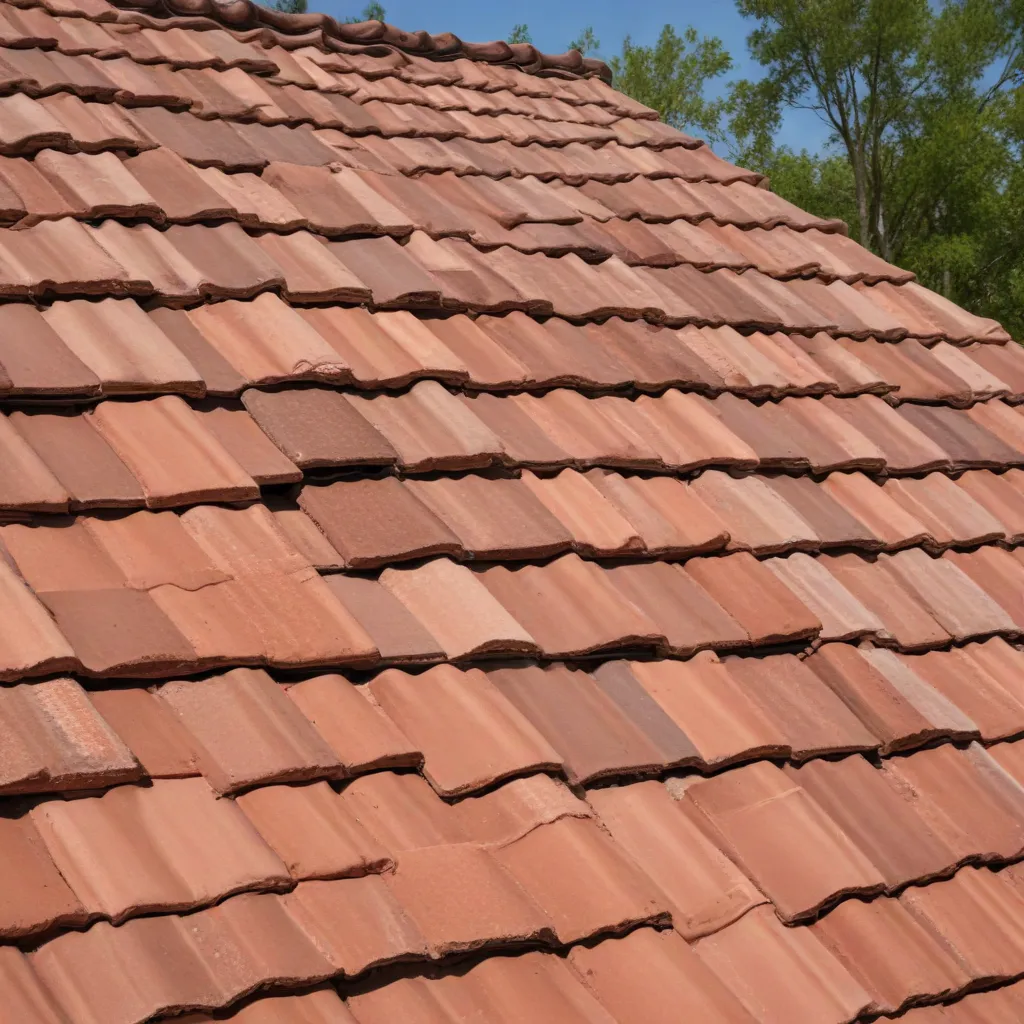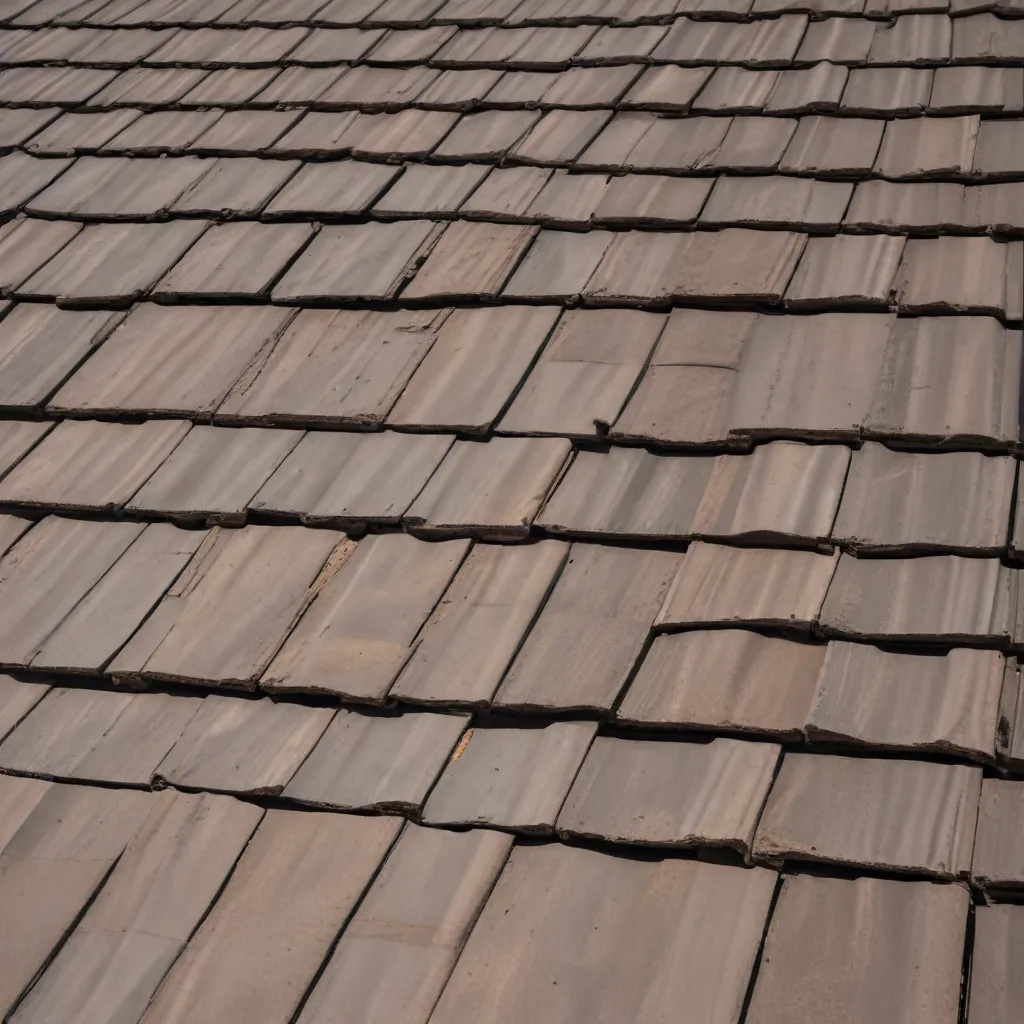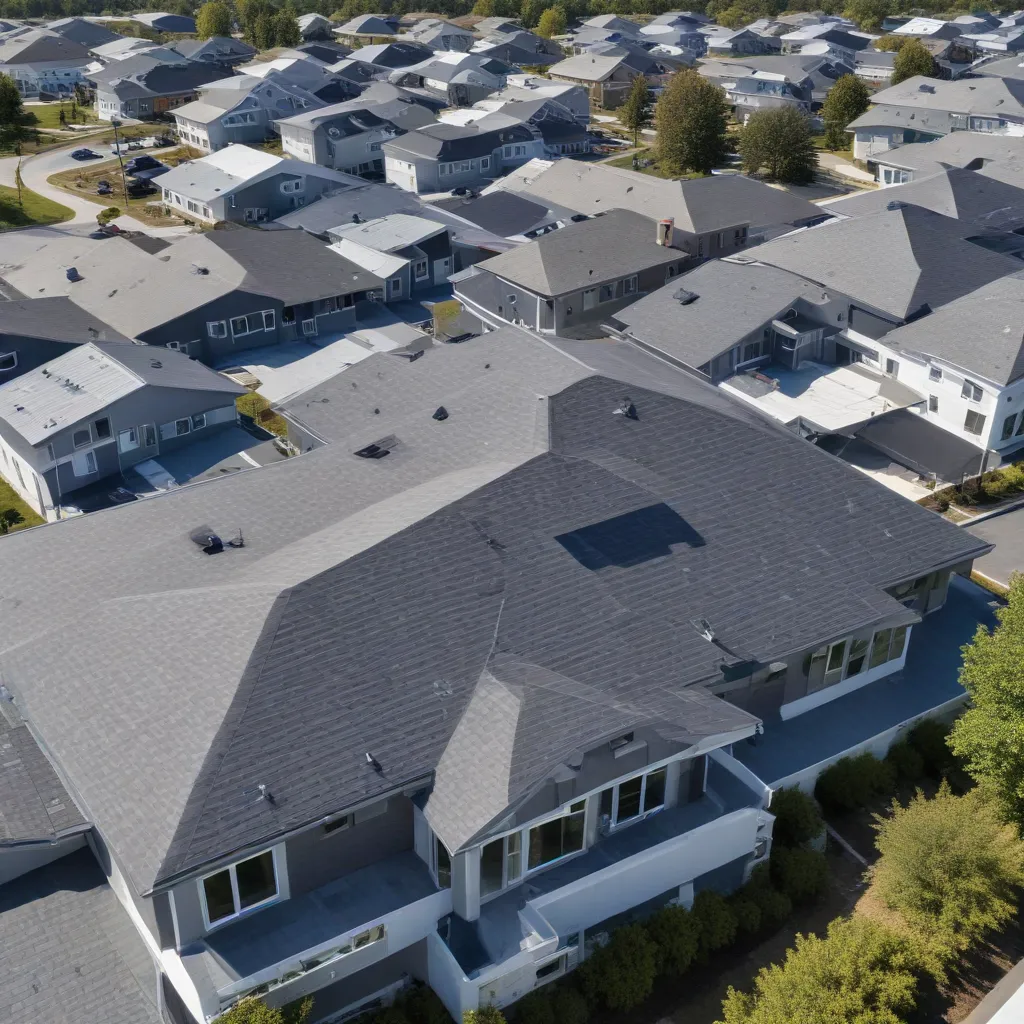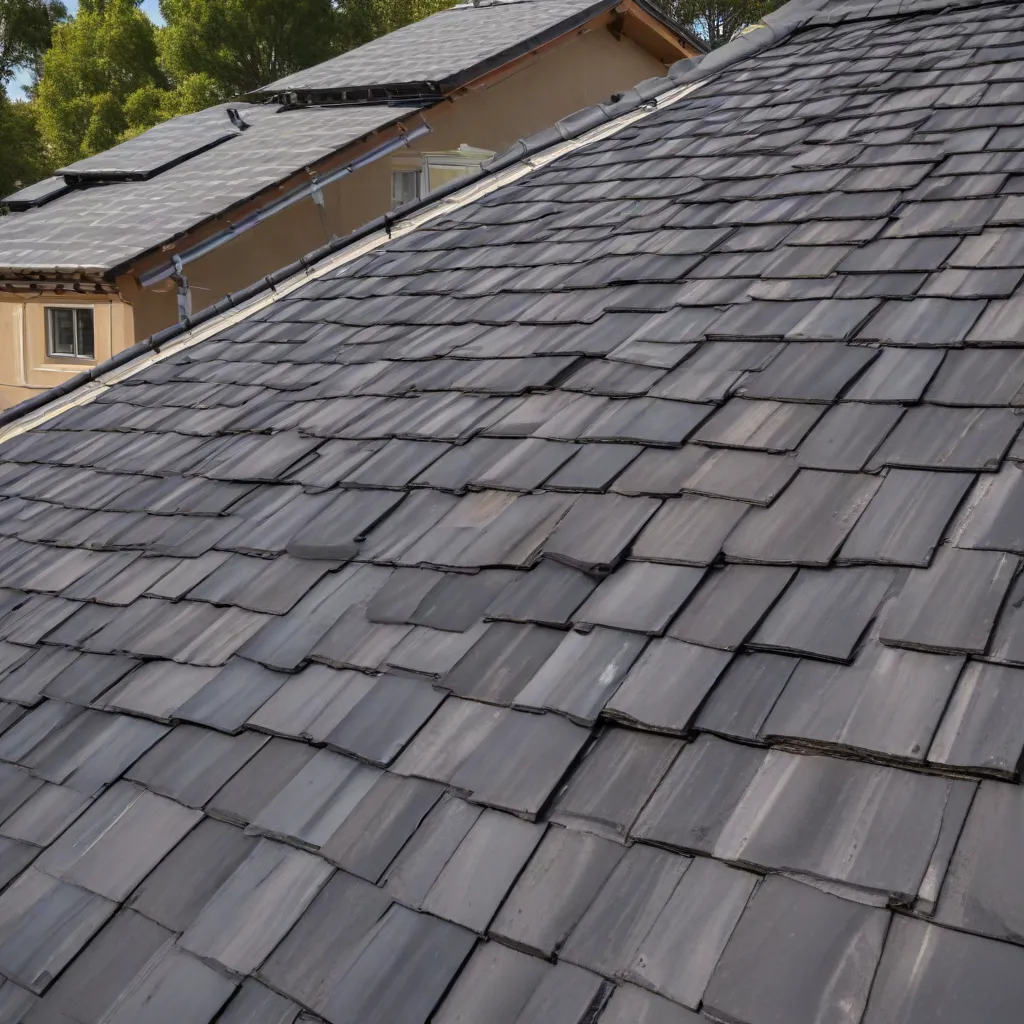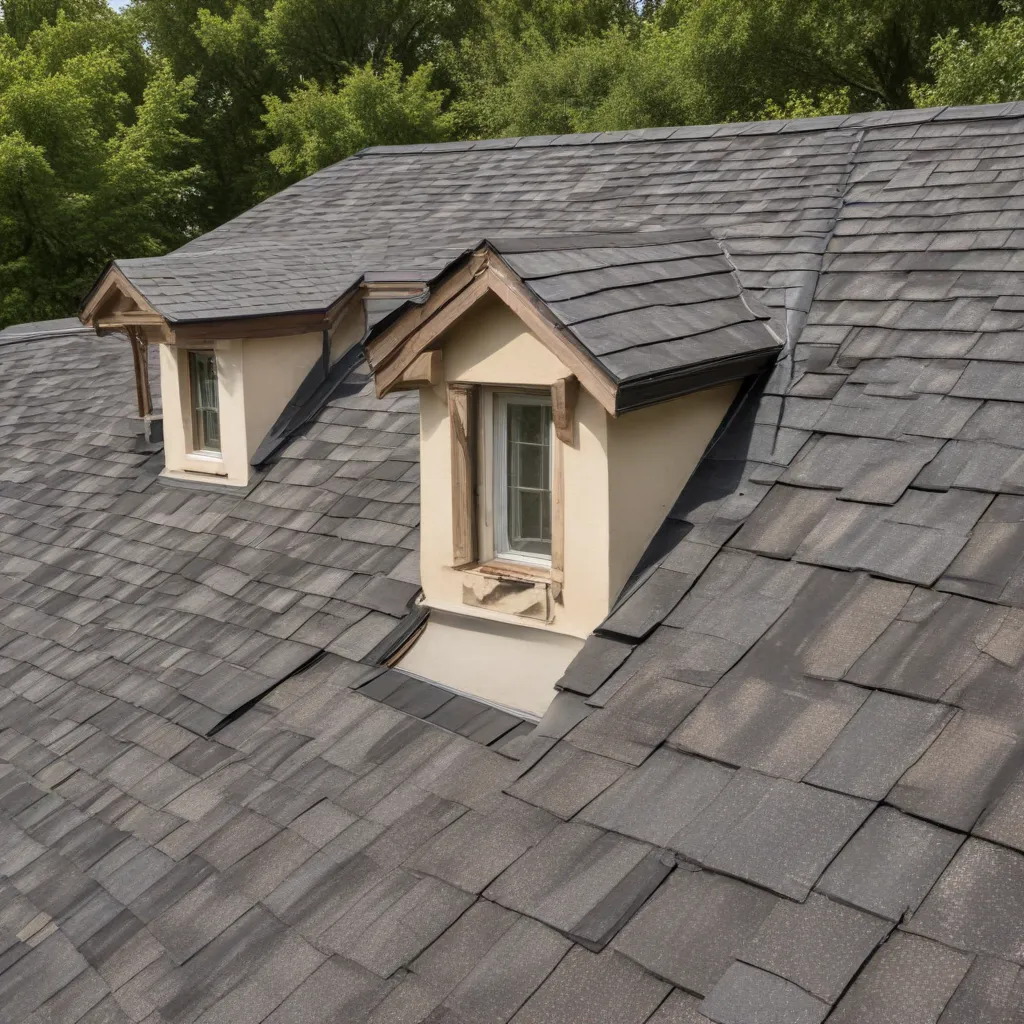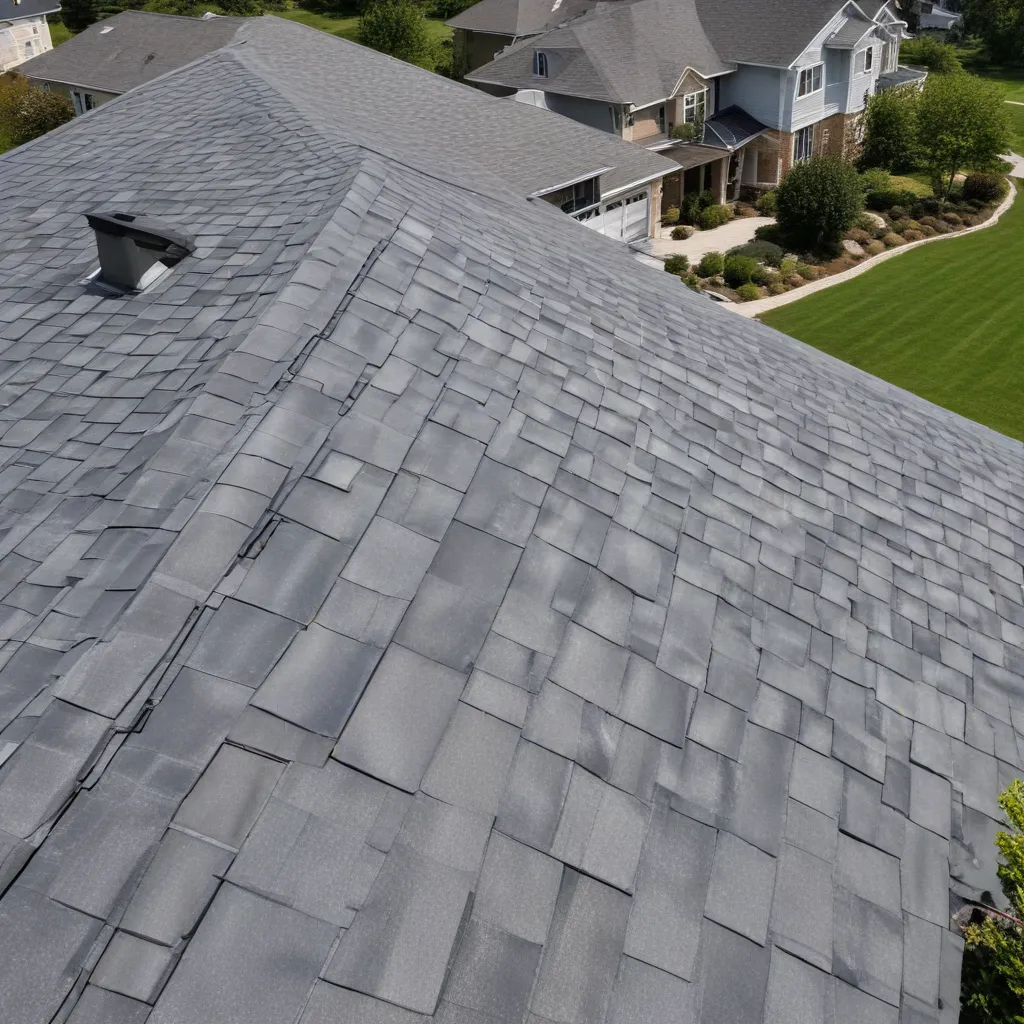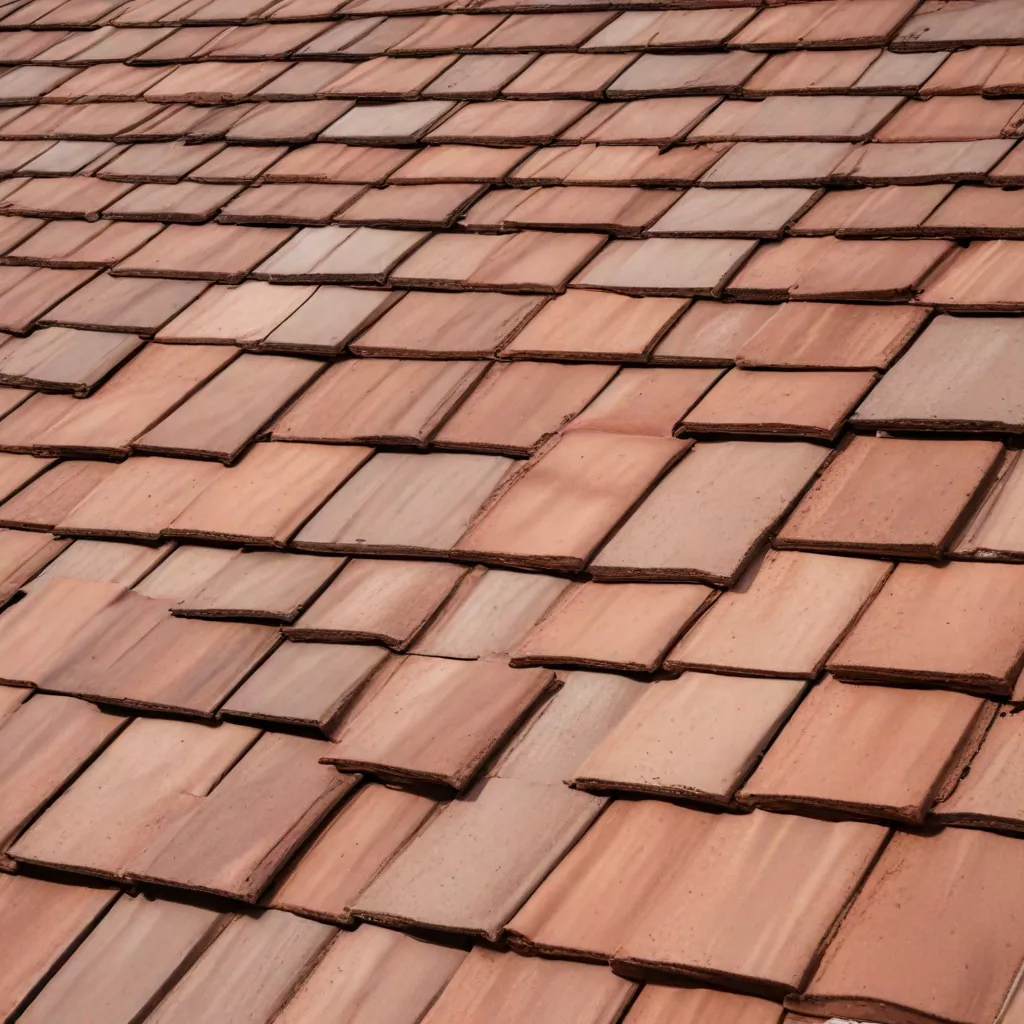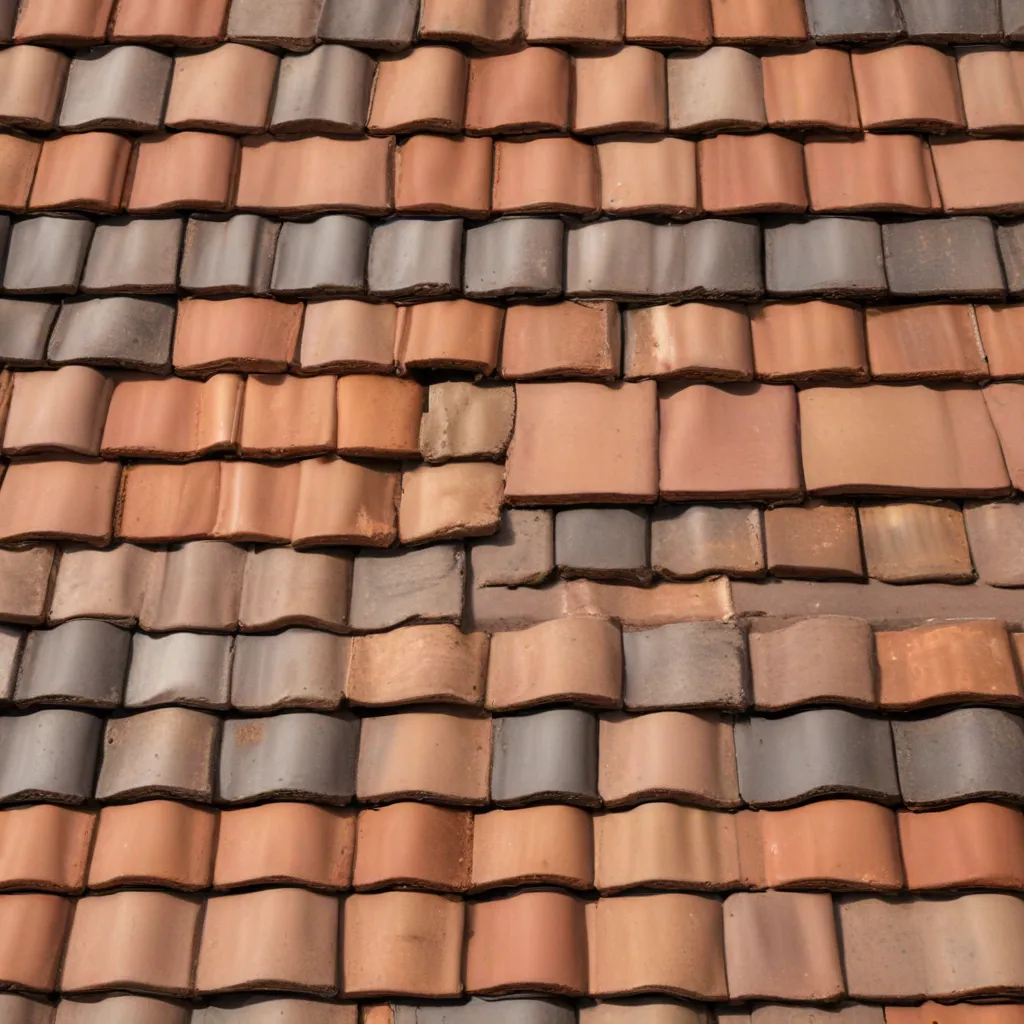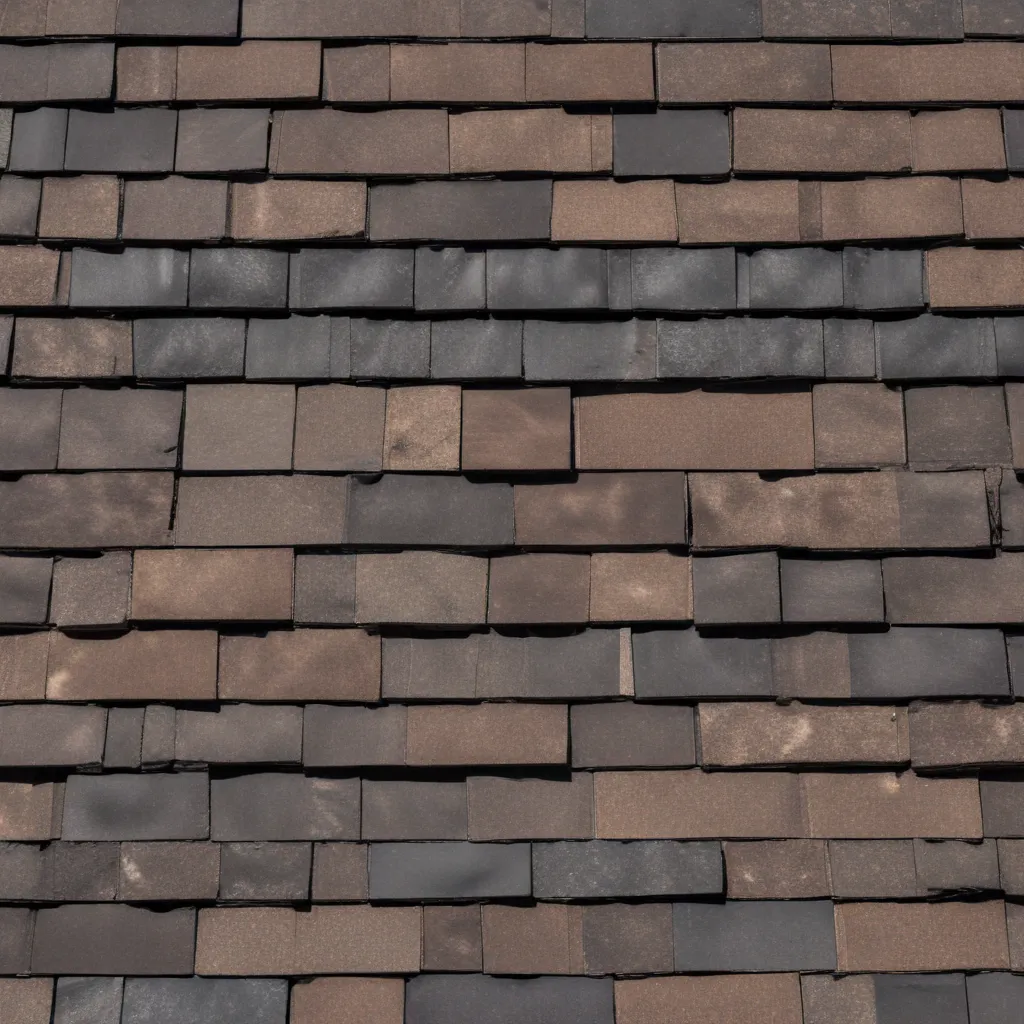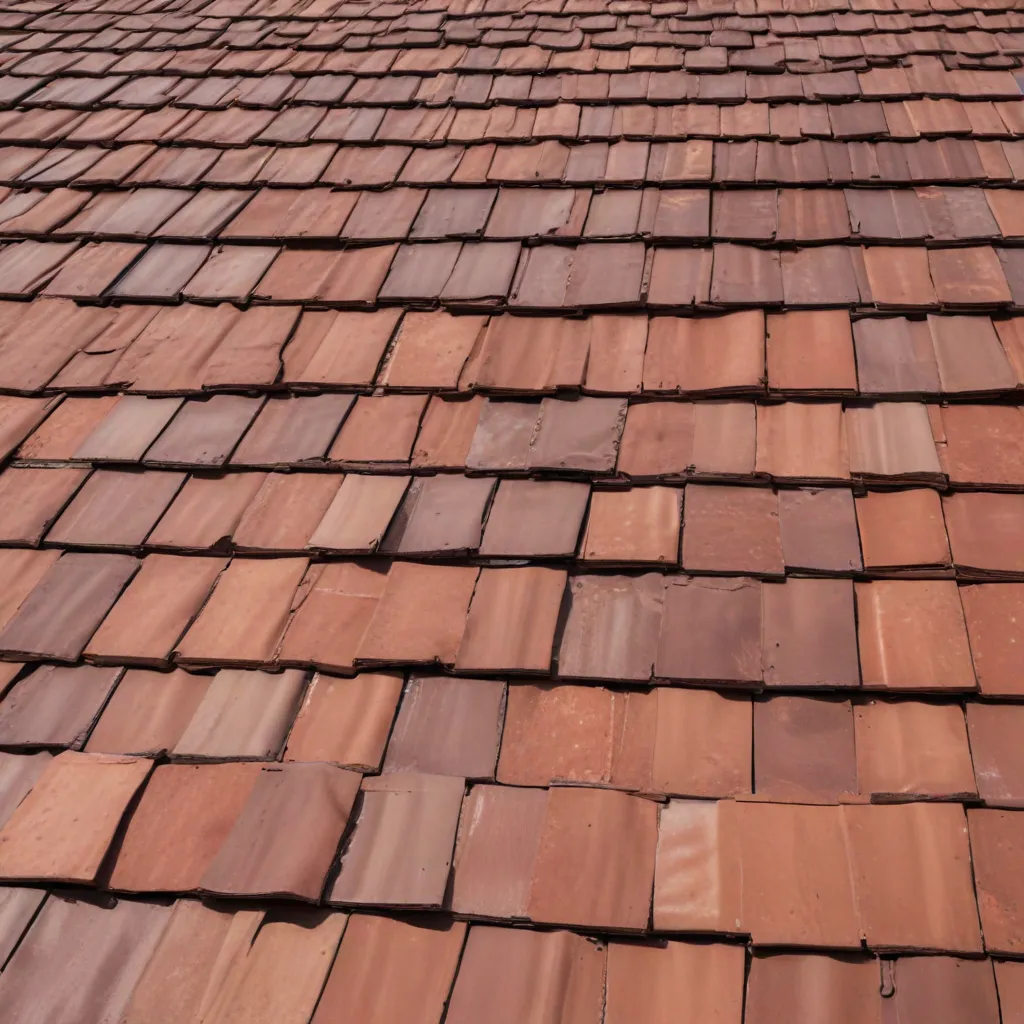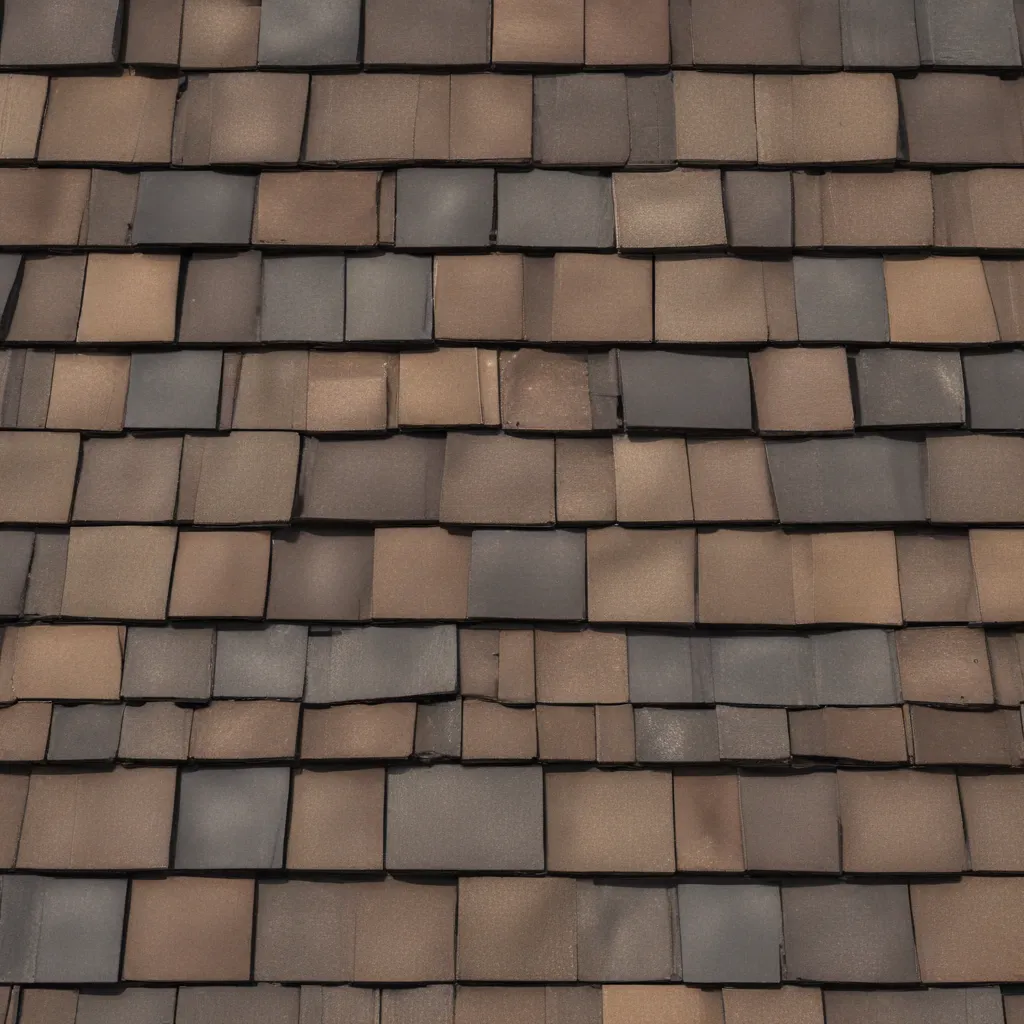
As an experienced roofing specialist, I’ve witnessed firsthand the growing demand for sustainable and eco-friendly roofing solutions. In today’s climate-conscious world, homeowners are increasingly seeking roofing materials that not only protect their homes but also minimize their environmental impact. Composite roofing has emerged as a leading contender, offering a versatile and durable option that aligns with the values of the environmentally-minded homeowner.
Composite roofing is a blend of synthetic materials, including fiberglass, recycled plastics, and asphalt, resulting in a product that can mimic the appearance of traditional roofing materials, such as slate or cedar shakes, without the associated drawbacks. This unique composition provides several advantages that make composite roofing a compelling choice for homeowners seeking a sustainable yet high-performing roofing solution.
Composite Roofing Materials
One of the standout features of composite roofing is its durability. These shingles are designed to withstand the elements, offering fire resistance, moisture resistance, and impact resistance that can stand up to harsh weather conditions. The lightweight nature of composite materials also eases the installation process and reduces the overall strain on the roof structure.
Types of Composite Roofing
Within the composite roofing category, there are several distinct types, each with its own unique benefits and applications:
Asphalt Composite Shingles: These shingles blend asphalt, fiberglass, and recycled materials to create a durable and cost-effective roofing solution. Asphalt composite shingles are known for their versatility in terms of style and color options, making them a popular choice for homeowners.
Synthetic Composite Tiles: Designed to mimic the appearance of traditional roofing materials like slate or clay tiles, synthetic composite tiles are crafted from a blend of recycled plastics, rubber, and other synthetic compounds. These tiles offer enhanced durability, lower maintenance requirements, and a more eco-friendly footprint compared to their natural counterparts.
Metal Composite Roofing: Combining the strength and longevity of metal with the aesthetic appeal of composite materials, metal composite roofing systems provide a unique blend of performance and visual appeal. These systems often feature reflective coatings that can enhance energy efficiency by reducing heat absorption.
Environmental Benefits of Composite Roofing
Sustainability and environmental stewardship are at the forefront of many homeowners’ concerns when it comes to home improvement projects. Composite roofing shines in this regard, offering several eco-friendly advantages that make it an attractive choice for the environmentally-conscious homeowner.
Energy Efficiency
Composite roofing materials can contribute to improved energy efficiency in the home. Many composite shingles and tiles feature reflective coatings that help reduce heat absorption, in turn, lowering the demand for air conditioning and reducing overall energy consumption. This translates to lower utility bills and a smaller carbon footprint for the homeowner.
Durability and Longevity
The exceptional durability and longevity of composite roofing materials are significant environmental benefits. With a lifespan of up to 50 years, composite roofs can outlast traditional asphalt shingles by two or even three decades. This extended service life means fewer roof replacements and less waste accumulating in landfills over time.
Recyclability
Composite roofing materials often incorporate recycled components, such as recycled plastics and rubber. This not only reduces the need for virgin raw materials but also diverts waste from landfills, contributing to a more circular economy. At the end of their useful life, many composite roofing products can be recycled, further minimizing their environmental impact.
Sustainable Roofing Choices
As homeowners become more eco-conscious, the demand for sustainable roofing options has grown. Composite roofing is not the only environmentally-friendly choice, and there are several other innovative materials and solutions worthy of consideration.
Eco-Friendly Roofing Options
Recycled Plastic Composite: Roofing systems made from recycled plastic composites, such as polyethylene or polypropylene, offer a durable and eco-friendly alternative to traditional materials. These composites are designed to mimic the appearance of natural roofing materials while providing enhanced weatherproofing and energy efficiency.
Rubber Composite Shingles: Composed of recycled tires and other rubber-based materials, rubber composite shingles are a sustainable roofing option that can also withstand the test of time. These shingles are highly impact-resistant and can be manufactured to resemble natural materials like slate or wood shakes.
Fiber Cement Composite Tiles: Combining the strength of cement with the versatility of composites, fiber cement composite tiles provide a long-lasting and environmentally-friendly roofing solution. These tiles are fire-resistant, rot-proof, and can be designed to mimic the aesthetic of traditional clay or slate tiles.
Longevity and Maintenance
One of the key advantages of many eco-friendly roofing materials, including composite roofing, is their exceptional longevity. These products are engineered to withstand the elements, with extended lifespans that can significantly reduce the need for frequent roof replacements. This, in turn, minimizes the environmental impact associated with disposal and new construction.
Additionally, low maintenance requirements are another hallmark of sustainable roofing options. Composite and other eco-friendly roofing materials often need little more than occasional debris removal and routine inspections, reducing the energy and resources required for upkeep over the lifespan of the roof.
Homeowner Considerations
When selecting a roofing material, homeowners must weigh a variety of factors, including cost, installation, and aesthetic appeal. Composite roofing addresses these considerations, providing a balanced solution that caters to the needs of the environmentally-minded homeowner.
Cost and Installation
The upfront cost of composite roofing is generally higher than traditional asphalt shingles, with composite shingles typically ranging from $7.50 to $13 per square foot. However, the long-term cost-effectiveness of composite roofing can make it a worthwhile investment. The extended lifespan and lower maintenance requirements of composite roofs can offset the initial price difference, resulting in significant savings over the lifetime of the roof.
The installation process for composite roofing may also require the expertise of professional contractors, as the heavier weight and varied styles of these materials can make DIY installations more challenging. While this can increase labor costs, the proper installation is crucial to ensuring the roof’s longevity and performance.
Aesthetic Considerations
Composite roofing materials offer a wide range of styles and colors, allowing homeowners to personalize their roofs to match their desired aesthetic. From classic shingle designs to slate or wood shake lookalikes, composite roofing provides the flexibility to enhance the curb appeal of any home.
The ability to customize the appearance of the roof is a significant advantage for homeowners who value visual harmony with their home’s architecture and surrounding environment. Whether it’s a modern farmhouse, a traditional colonial, or a contemporary craftsman, the right composite roofing solution can elevate the overall look and feel of the property.
Environmental Impact Reduction
For environmentally-conscious homeowners, the potential to reduce their carbon footprint is a crucial consideration when selecting roofing materials. Composite roofing offers several features that can help minimize the environmental impact of a home improvement project.
Reduced Carbon Footprint
The embodied energy and emissions associated with the production and transportation of composite roofing materials are often lower than those of traditional roofing options. Additionally, the extended lifespan of composite roofs means fewer replacement cycles, reducing the overall environmental burden over the lifetime of the roof.
Furthermore, the recyclability of many composite roofing products can help divert waste from landfills, contributing to a more sustainable waste management system. This circular approach to roofing materials aligns with the principles of a green economy, making composite roofing an appealing choice for homeowners who prioritize environmental responsibility.
Improved Energy Efficiency
The insulation properties and reflective surfaces of composite roofing can enhance a home’s energy efficiency, leading to reduced heating and cooling costs. This, in turn, lowers the overall energy consumption and carbon emissions associated with the home’s operation, further minimizing the environmental impact.
By selecting a composite roofing system, homeowners can take an active role in reducing their carbon footprint and contributing to a more sustainable future. As the demand for eco-friendly home improvement solutions continues to grow, composite roofing stands out as a compelling choice for environmentally-minded homeowners seeking a durable, aesthetically-pleasing, and sustainable roofing solution.
At Genuine Roof Systems, we understand the importance of providing our clients with roofing options that not only protect their homes but also align with their environmental values. Our team of experienced roofing specialists is dedicated to helping homeowners navigate the world of composite roofing, ensuring they make an informed decision that meets their unique needs and preferences. Whether you’re in the market for a new roof or simply exploring sustainable alternatives, we encourage you to explore the benefits of composite roofing and discover how it can contribute to a greener, more energy-efficient home.

